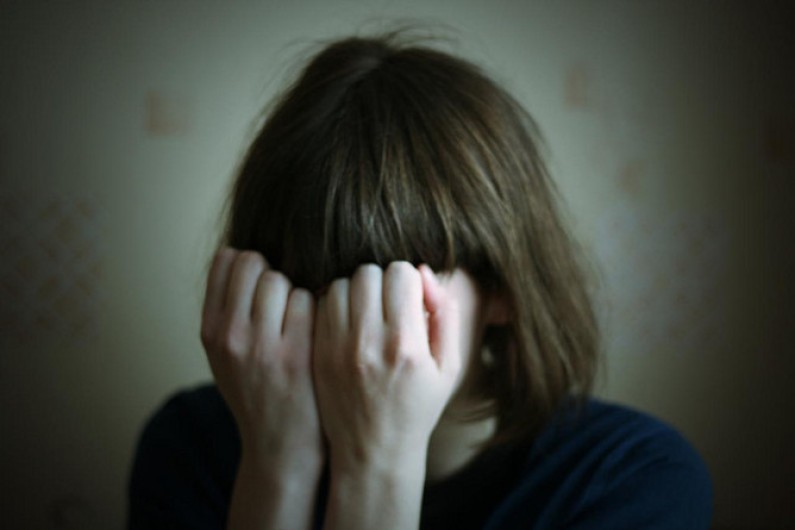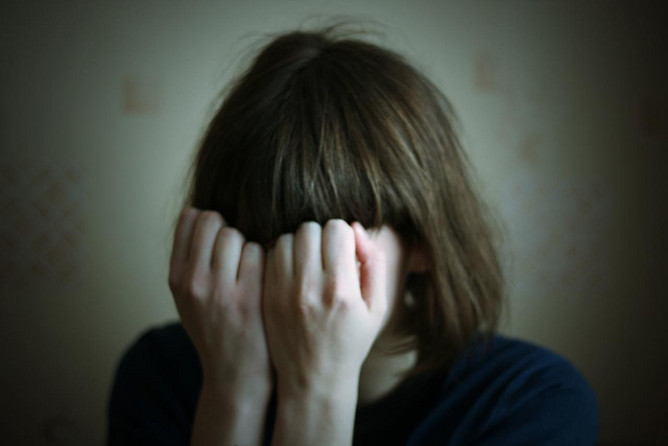

The fast pace of the world we live in today, a pace which gets even faster and more demanding by the day, cannot be particularly healthy to the human frame. Everywhere you turn to there are deadlines to be met, bills to be paid, bosses to kiss up to and please, politically correct behaviors to maintain at work and play and many more highly demanding situations that we have found or should we say put ourselves into. All these pressure sources add up and result in certain unhealthy consequences, which are commonly known as anxiety.
As part of the human nature, we experience increased pulse rates, sweating, pounding hearts beats, stomach pains, and other signs of nervousness. These symptoms are usually brought on when we are faced with situations we consider to be frightening, exciting, daunting, demanding, grounding breaking to name but a few. If we are to look at these causes as they have been presented here, we could say that these feelings are normal human responses to these stimuli. A person experiencing these symptoms is said to be suffering from anxiety.
Being anxious has been shown to be a sort of driver in a human being. This means that it can be a good thing. This obviously is a normal response to stress. It has been proven to help people meet targets or goals. From this, you can understand phrases like “anxious to please,” “anxious to be of help” etc. It is an added drive that releases a person’s inner strength. It is up to this point that being anxious can be helpful. After this point, we begin to look at what can be medically referred to as anxiety disorder.
This disorder comes in different forms. There is the generalized anxiety disorder, obsessive-compulsive disorder, panic disorder, post-traumatic stress disorder, social phobia, and others. These disorders refer to more intense anxious behaviors which have the ability to negatively impact our everyday lives. This is the problematic stage, a stage which many people, unfortunately, find themselves in.
On-going studies have been attempting to take a deeper look into this disorder. Scientists are currently studying the relationship between these disorders and environmental factors like pollution, stress (both physical and psychological), diet and genes among other things. Finding the link in all these would improve both the prevention and treatment of this disorder.
Studies have shown that certain persons are more likely to suffer from this condition. A survey revealed that women are 60 percent more likely to suffer from this condition. Blacks are said to be 20 percent less likely to suffer this condition while Hispanics are said to be 30 percent less likely to suffer from this condition. Why this is so is not clear at this time. Hopefully, more information would emerge and studies continue.
These disorders are usually accompanied by other physical or mental conditions. It is important that they are properly diagnosed and treated because, in many cases, these disorders cannot be properly treated unless the accompanying physical or mental illness is addressed.
Making diagnoses based only on the symptoms associated with anxiety disorders may not yield a correct result. It is critical that proper and in-depth evaluation be carried out to determine if the symptoms were indeed caused by these disorders or by other physical or mental conditions.
Blog By Chimerenka Odimba
Image Courtesy of Petras Gagilas’ Flickr Page – Creative Commons License


